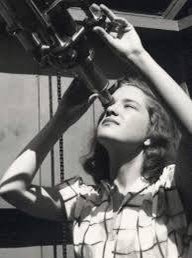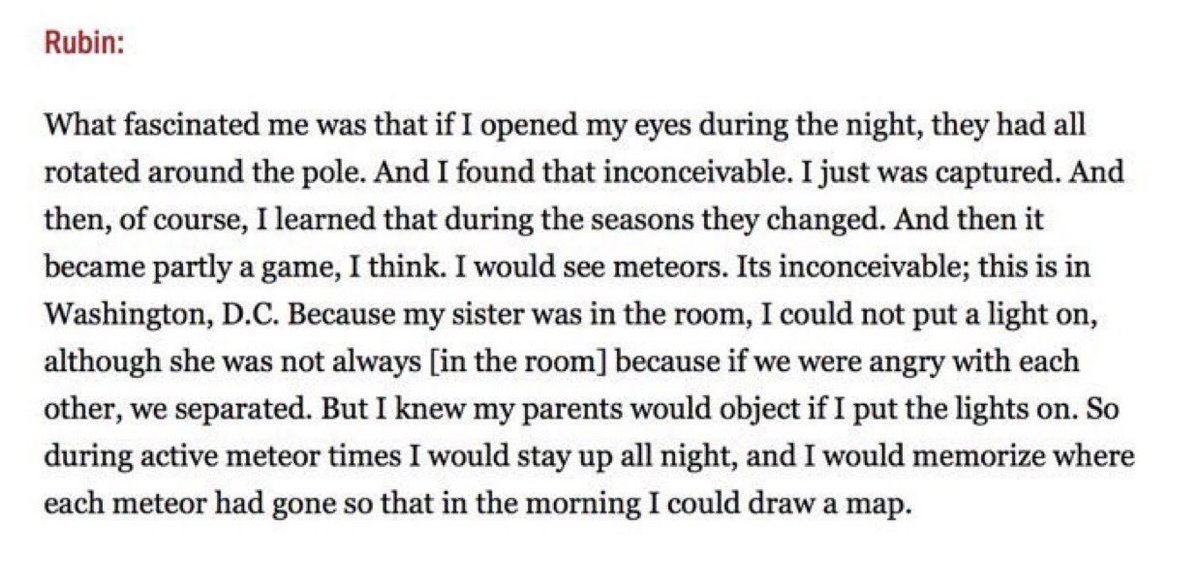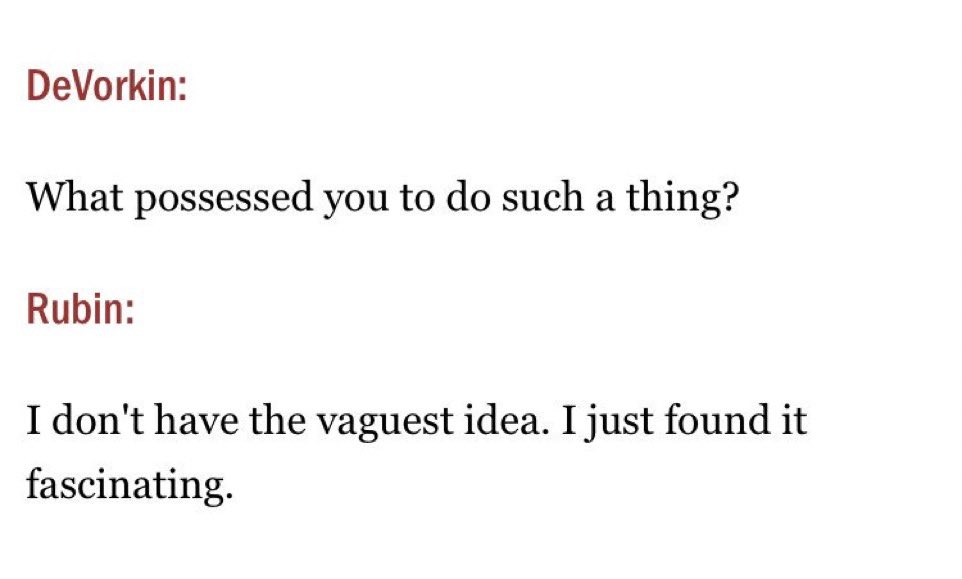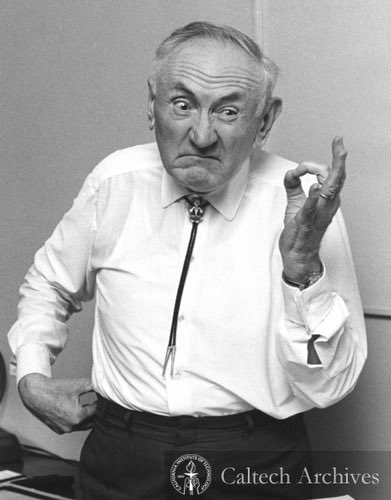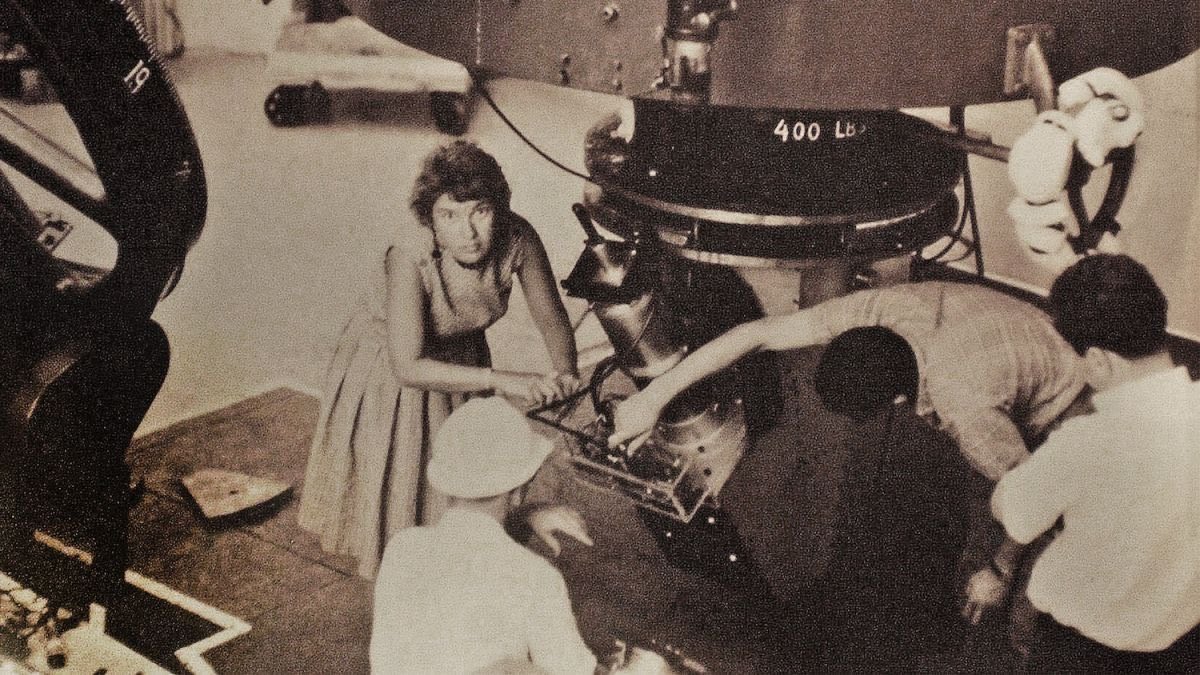The astronomer Vera Rubin was born #OTD in 1928. Her work on galactic rotation curves became one of the main pieces of evidence for the existence of dark matter, and she deserved a Nobel Prize for it.
Image: Vassar College / Emilio Segrè Visual Archives
Image: Vassar College / Emilio Segrè Visual Archives
For me, this bit from DeVorkin’s AIP interview of Rubin beautifully captures the germ of basic research. He asks what possessed her as a child to stay up late and study the sky.
Rubin: “I don’t have the vaguest idea. I just found it fascinating.”
https://www.aip.org/history-programs/niels-bohr-library/oral-histories/5920-1
Rubin: “I don’t have the vaguest idea. I just found it fascinating.”
https://www.aip.org/history-programs/niels-bohr-library/oral-histories/5920-1
The modern case for dark matter began with Fritz Zwicky in the 1930s. His observations of galaxies in the Coma Cluster suggested there simply wasn't enough luminous matter present to gravitationally hold everything together. Hence, there must be matter there that you can't see.
Around that same time, a young Vera Rubin was looking up at the night sky in wonder, memorizing the paths of meteors and pondering the stars.
In interviews, she would often say “I just couldn’t look at the sky without wondering how anyone could do anything but study the stars.”
In interviews, she would often say “I just couldn’t look at the sky without wondering how anyone could do anything but study the stars.”
Here’s a thread on Rubin’s career, a lesser-known discovery, rotation curves, and more.
https://twitter.com/mcnees/status/1153685351300567040?s=21 https://twitter.com/mcnees/status/1153685351300567040
https://twitter.com/mcnees/status/1153685351300567040?s=21 https://twitter.com/mcnees/status/1153685351300567040
Vera Rubin’s work helped radically revise our understanding of the composition of the Universe. The historically sexist Nobel Committee never recognized her contributions with a share of the physics prize; they just waited until she passed away.
Read @IBJIYONGI’s great @BitchMedia piece on Vera Rubin from last year. https://www.bitchmedia.org/article/vera-rubin-dark-matter

 Read on Twitter
Read on Twitter